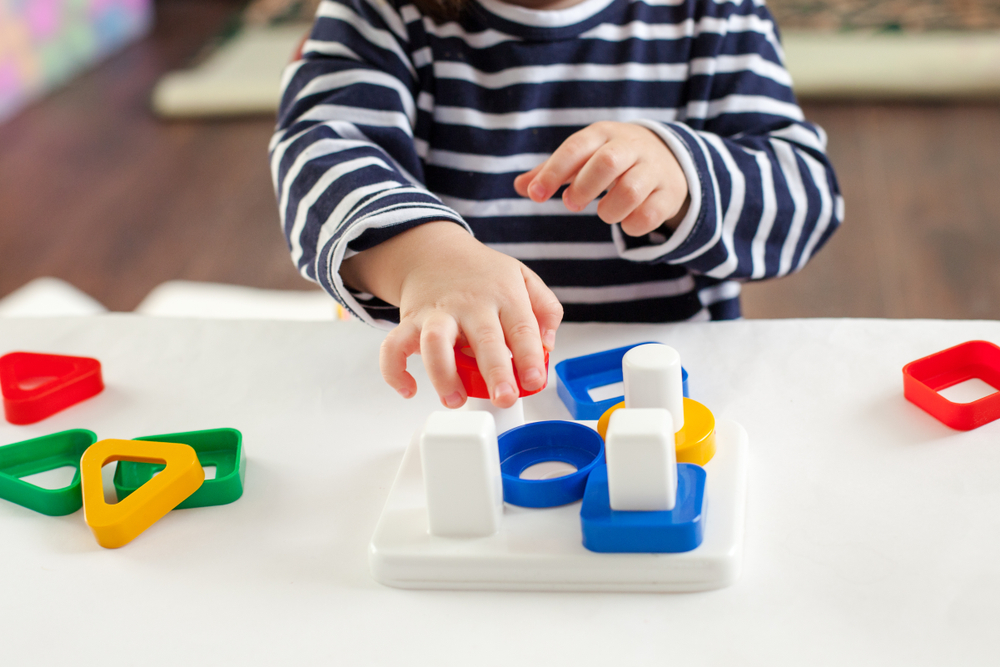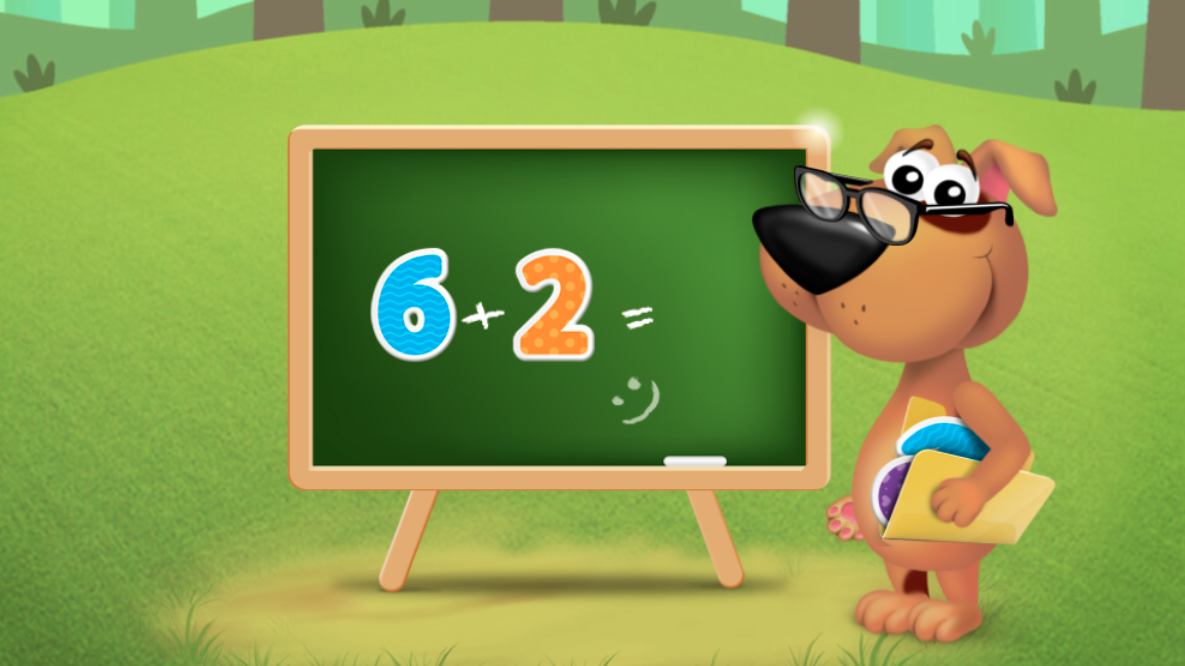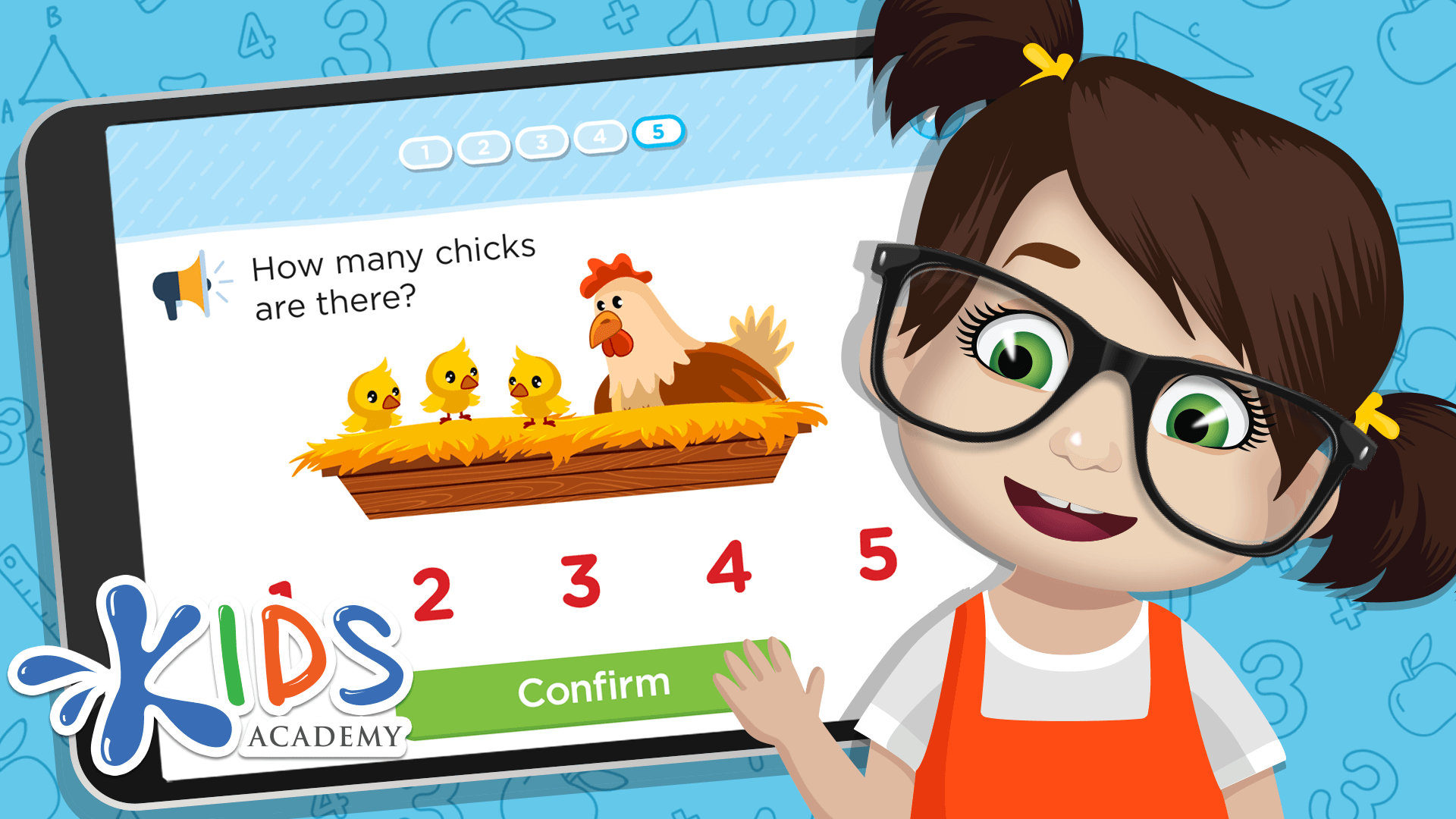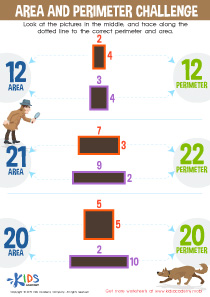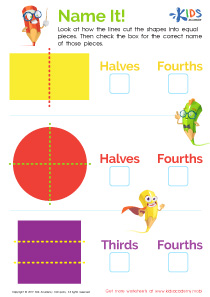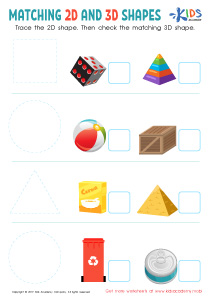2D Shapes Worksheets for Ages 4-9 - Page 4
75 filtered results
-
From - To
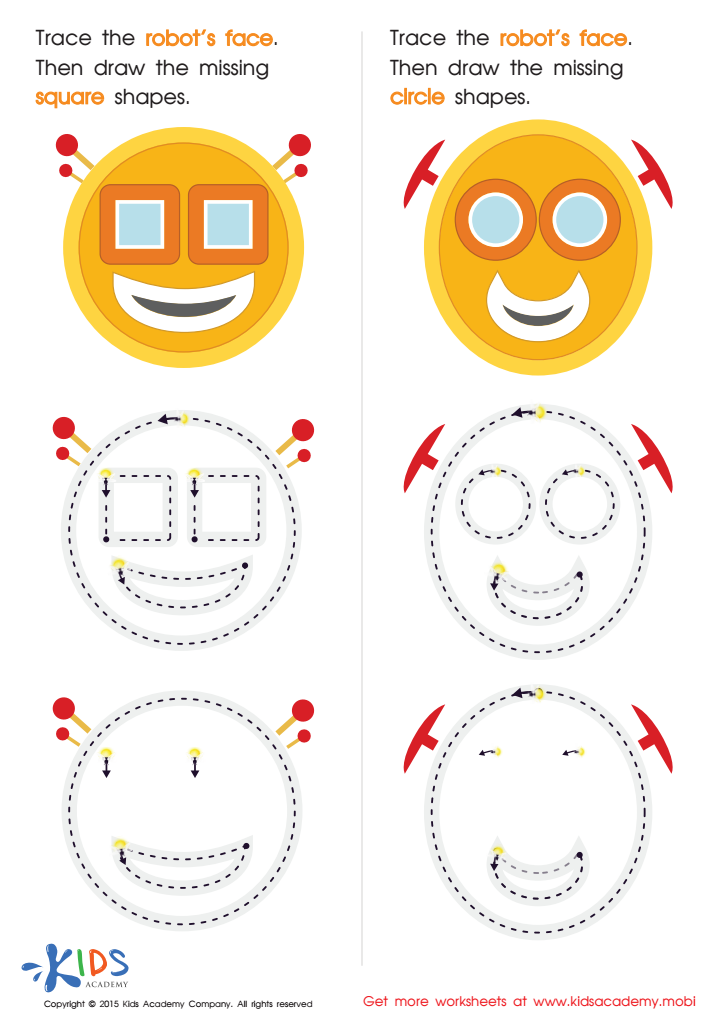

Practicing to Draw Circles And Squares Printable
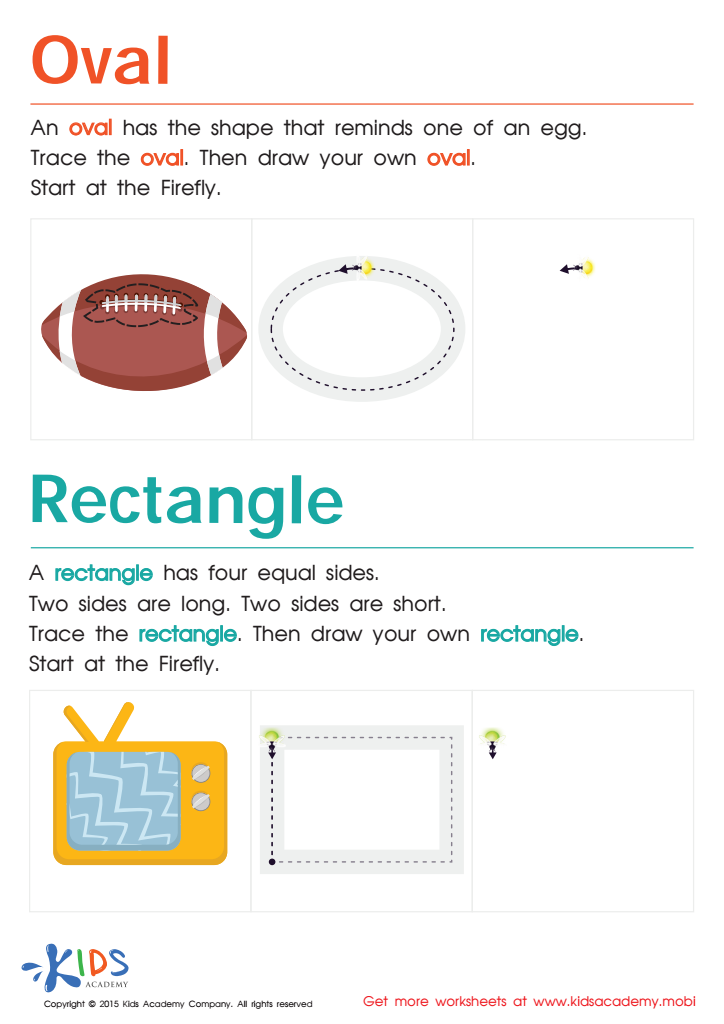

Easy Drawing of Ovals And Rectangles Worksheet
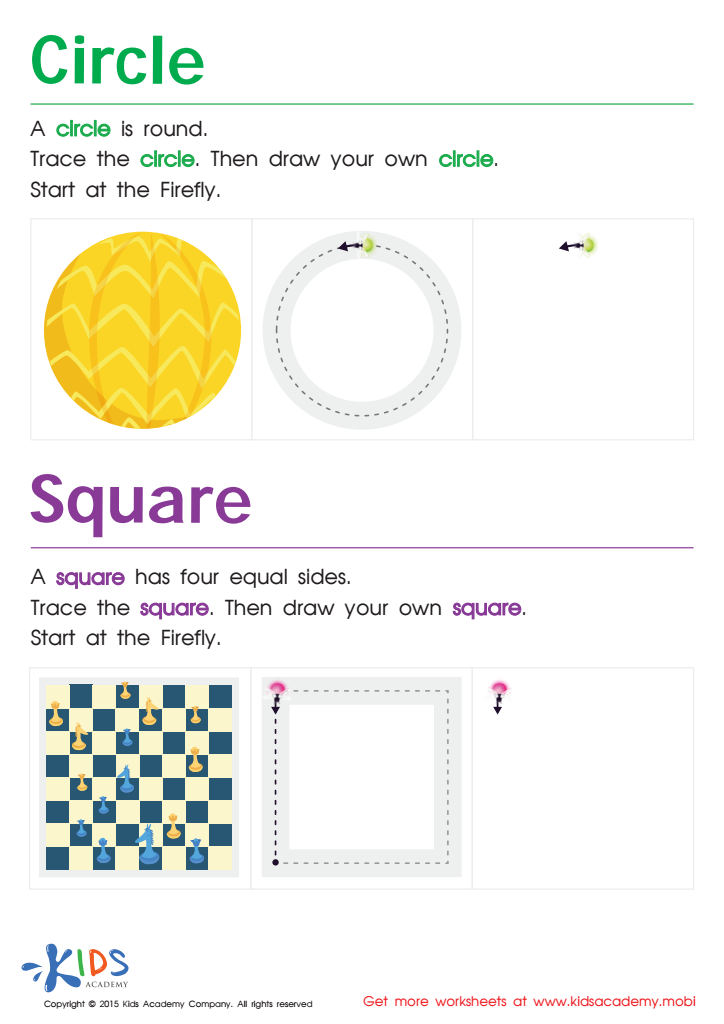

Trace And Draw a Circle And a Square Worksheet
Understanding 2D shapes is foundational for young children's cognitive development. For parents and teachers of children ages 4-9, prioritizing the recognition and comprehension of 2D shapes brings numerous benefits across various educational domains.
First, learning about shapes enhances early math skills. Shape recognition is a basic component of geometry—an essential strand in mathematics. By identifying and naming shapes, children develop spatial awareness and an understanding of geometry principles. This forms the building blocks for more complex math concepts, including symmetry, fractions, and problem-solving.
Second, shapes are integral to developing language and literacy skills. When children describe shapes, they use descriptive language, introducing new vocabulary and improving their communication skills. This, in turn, aids reading and writing development.
Third, shape activities boost children's fine motor skills. Tasks like drawing, cutting out, or tracing shapes enhance hand-eye coordination and dexterity, which are critical for writing and other manual tasks.
Lastly, recognizing shapes in their environment helps children make sense of the world around them. It fosters creativity and critical thinking as they learn to see and compare their surroundings.
Incorporating 2D shapes in early education supports overall academic success and encourages curiosity, making it an essential focus for parents and teachers.

 Assign to the classroom
Assign to the classroom

